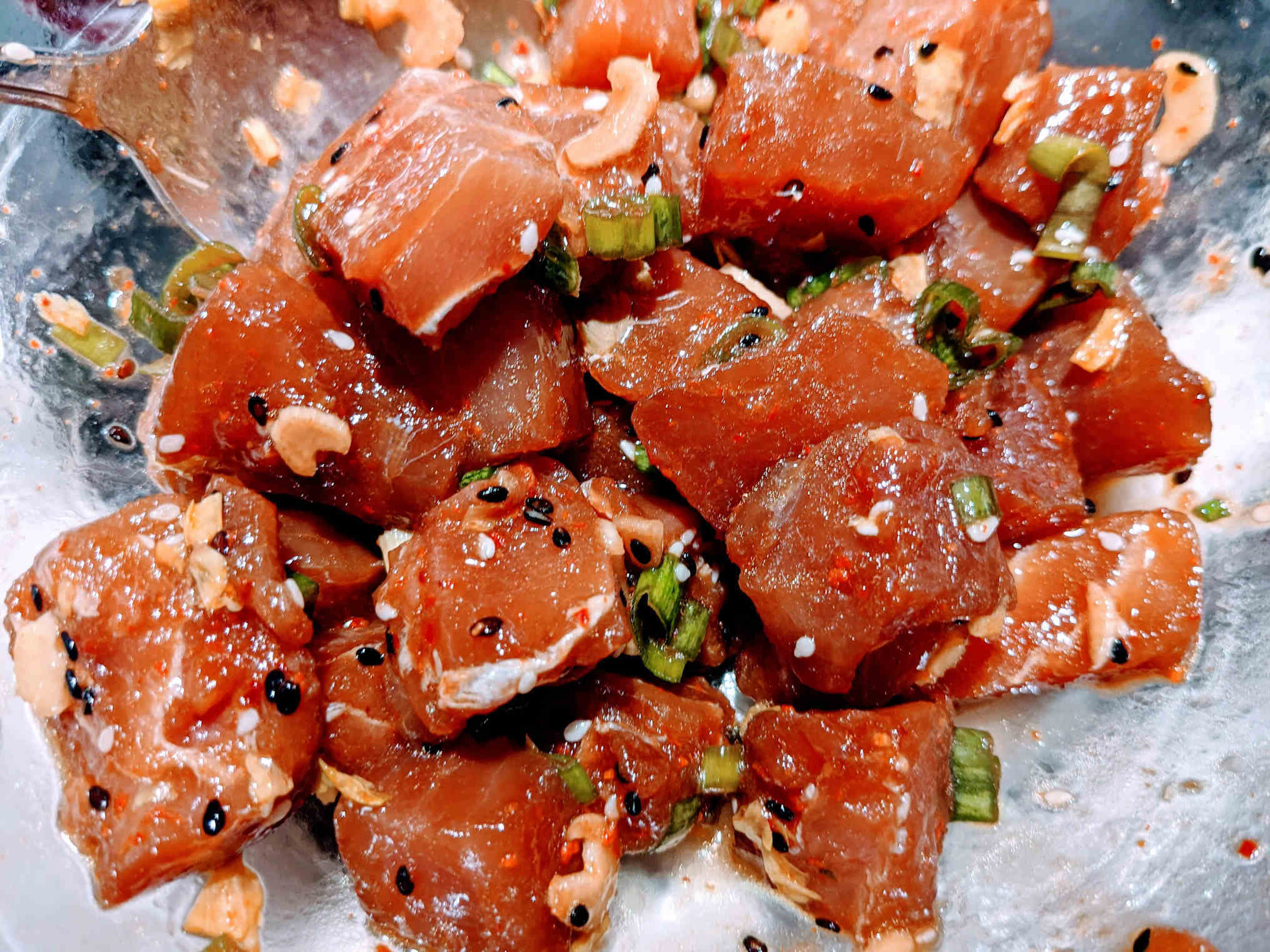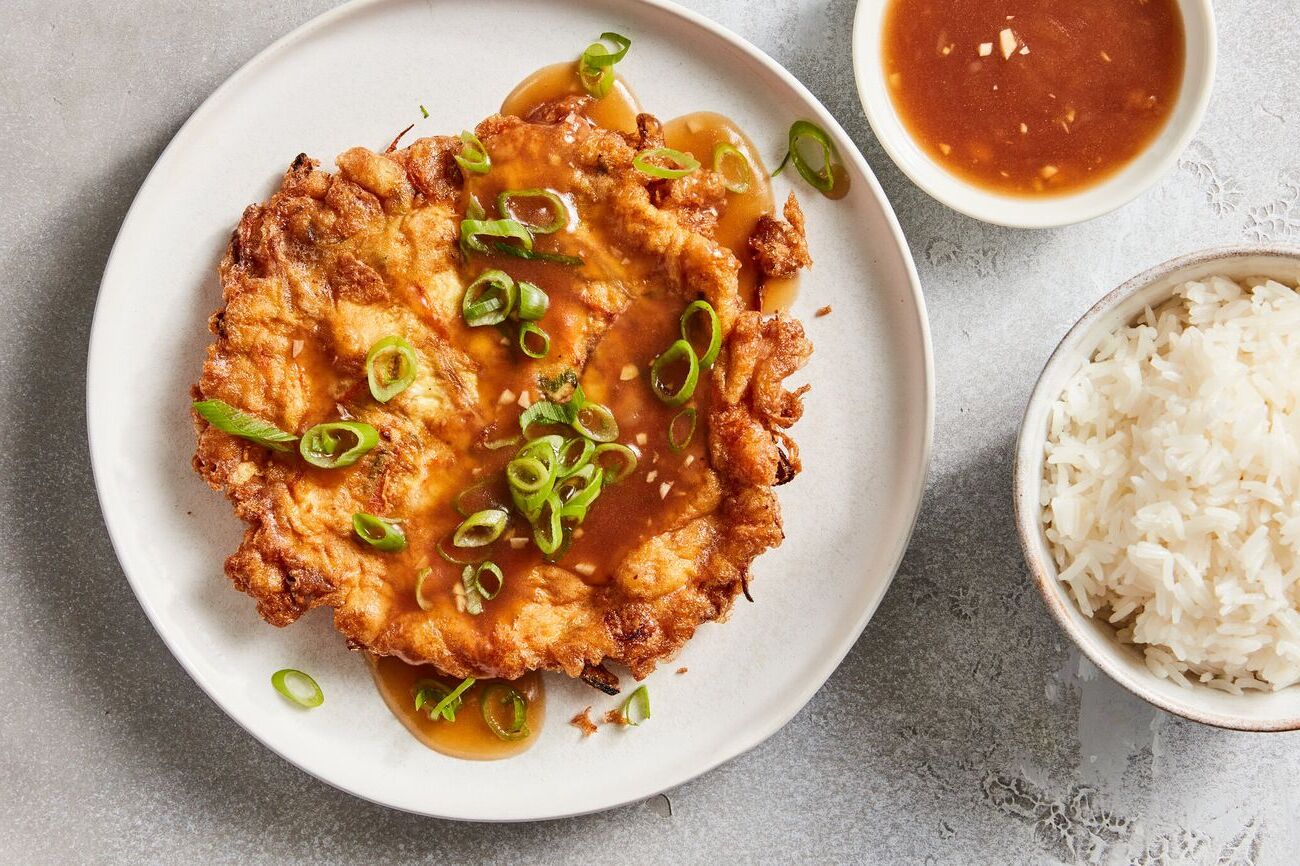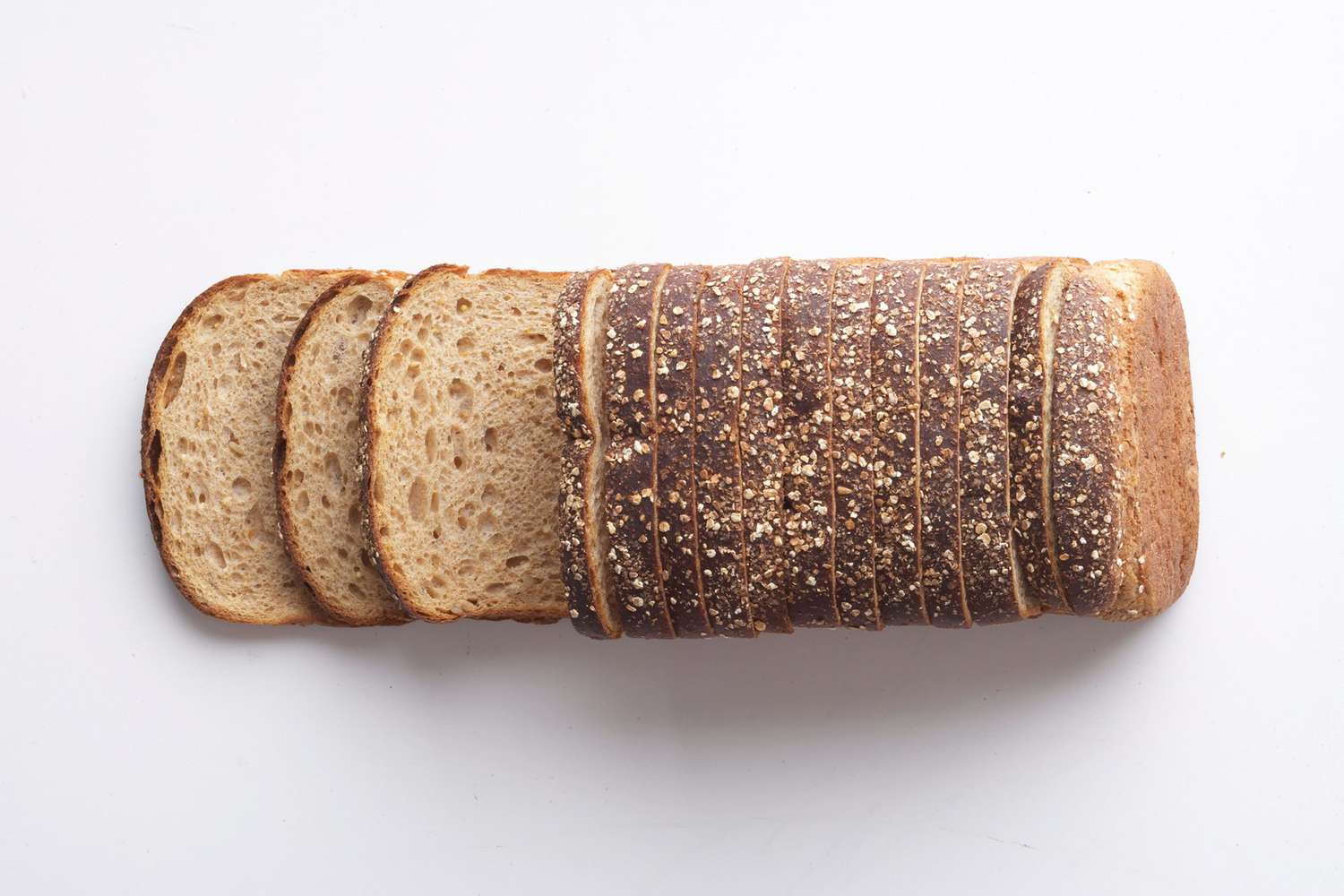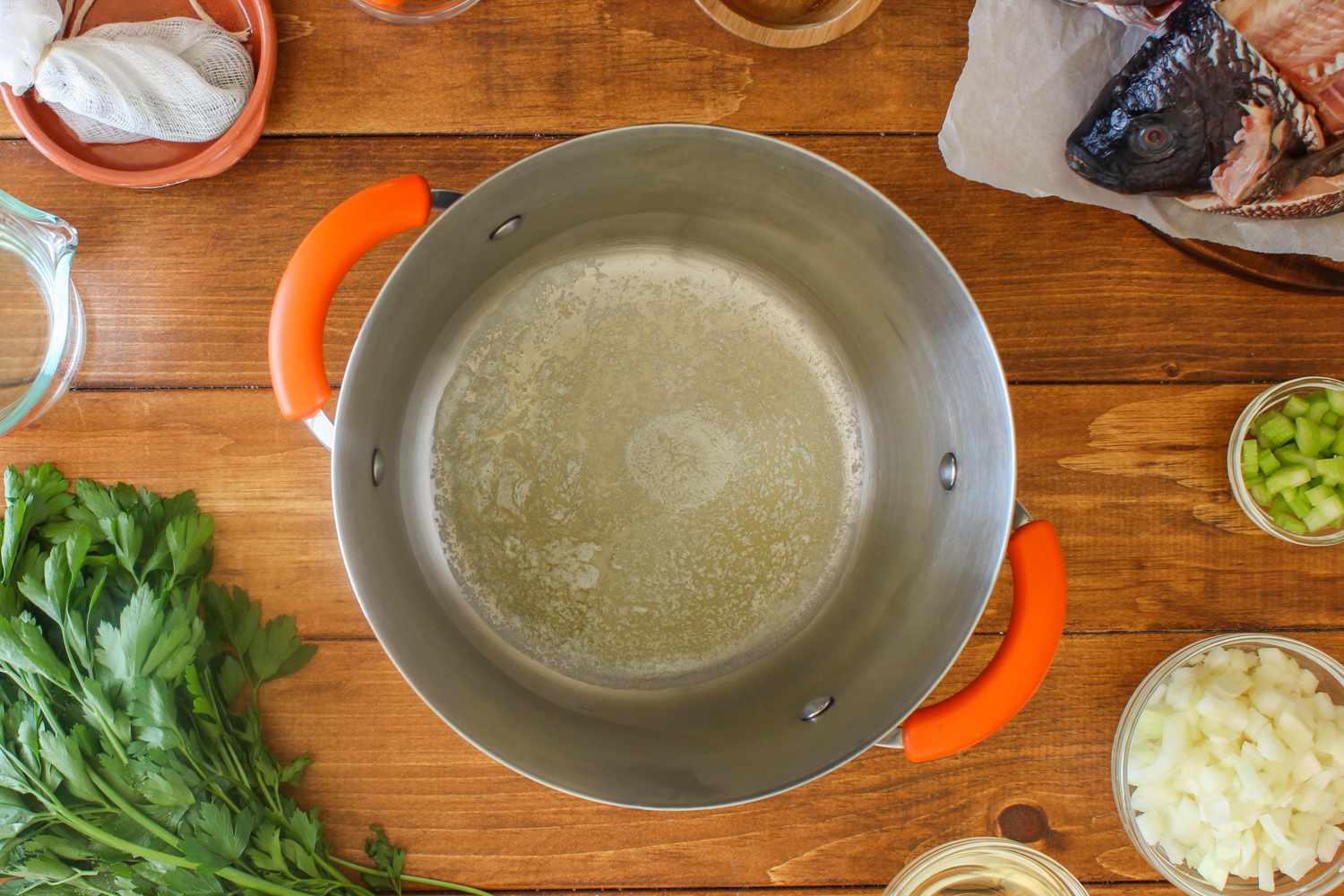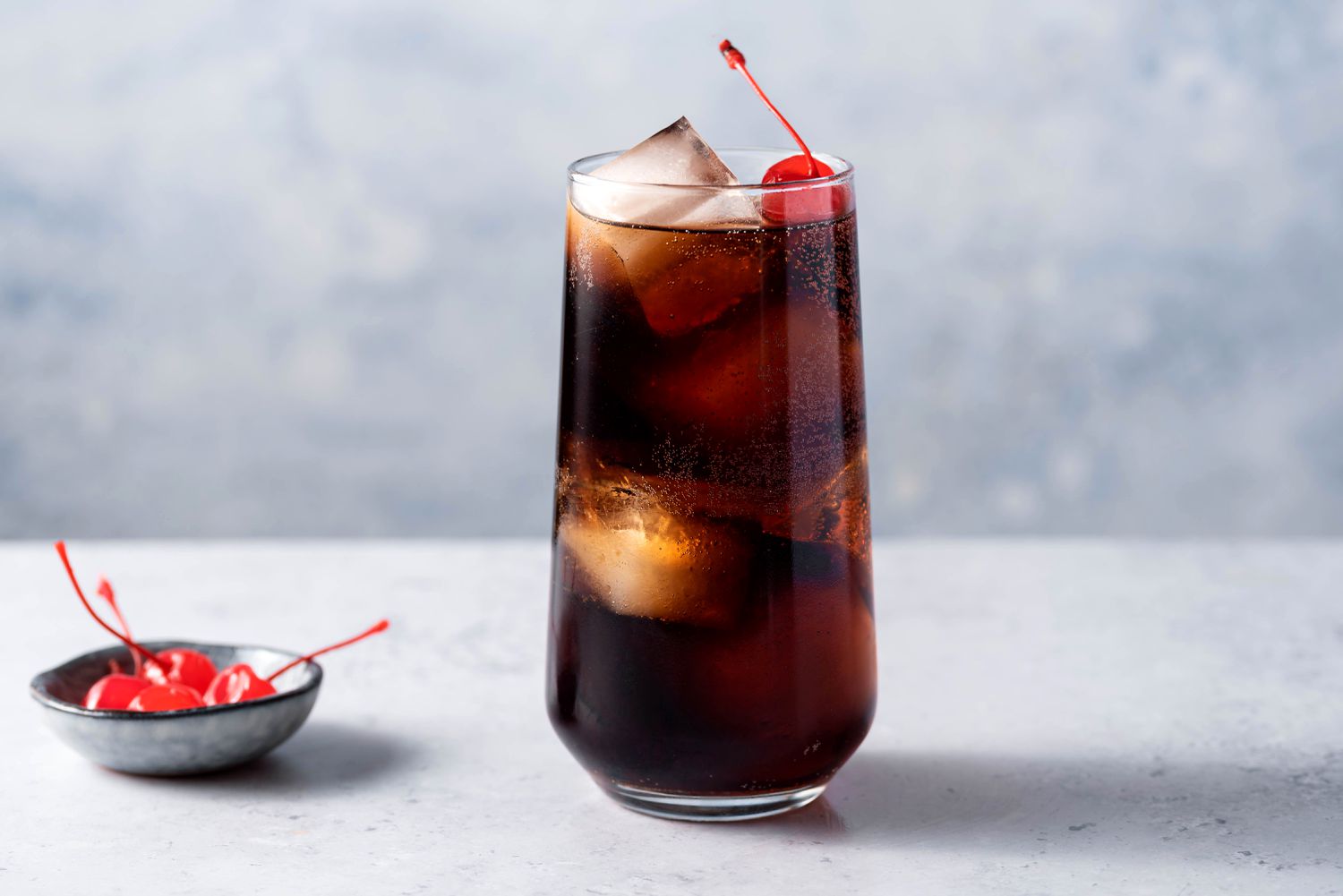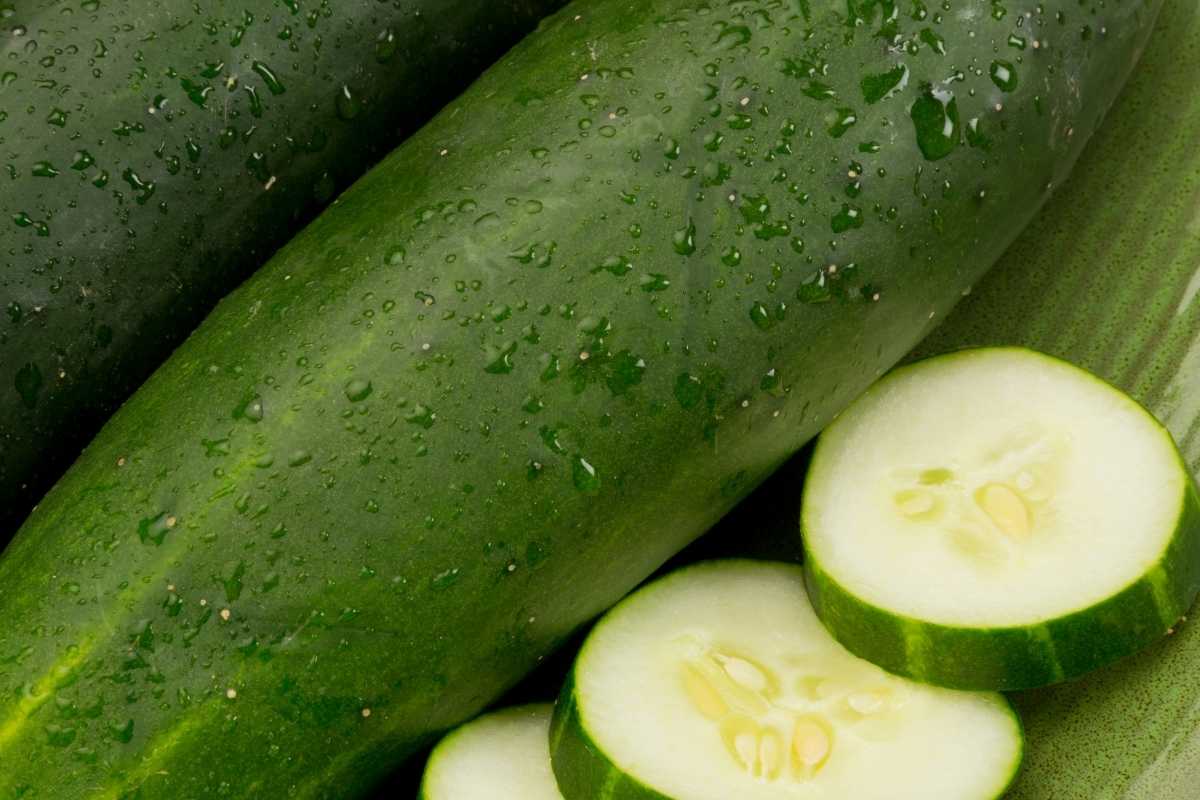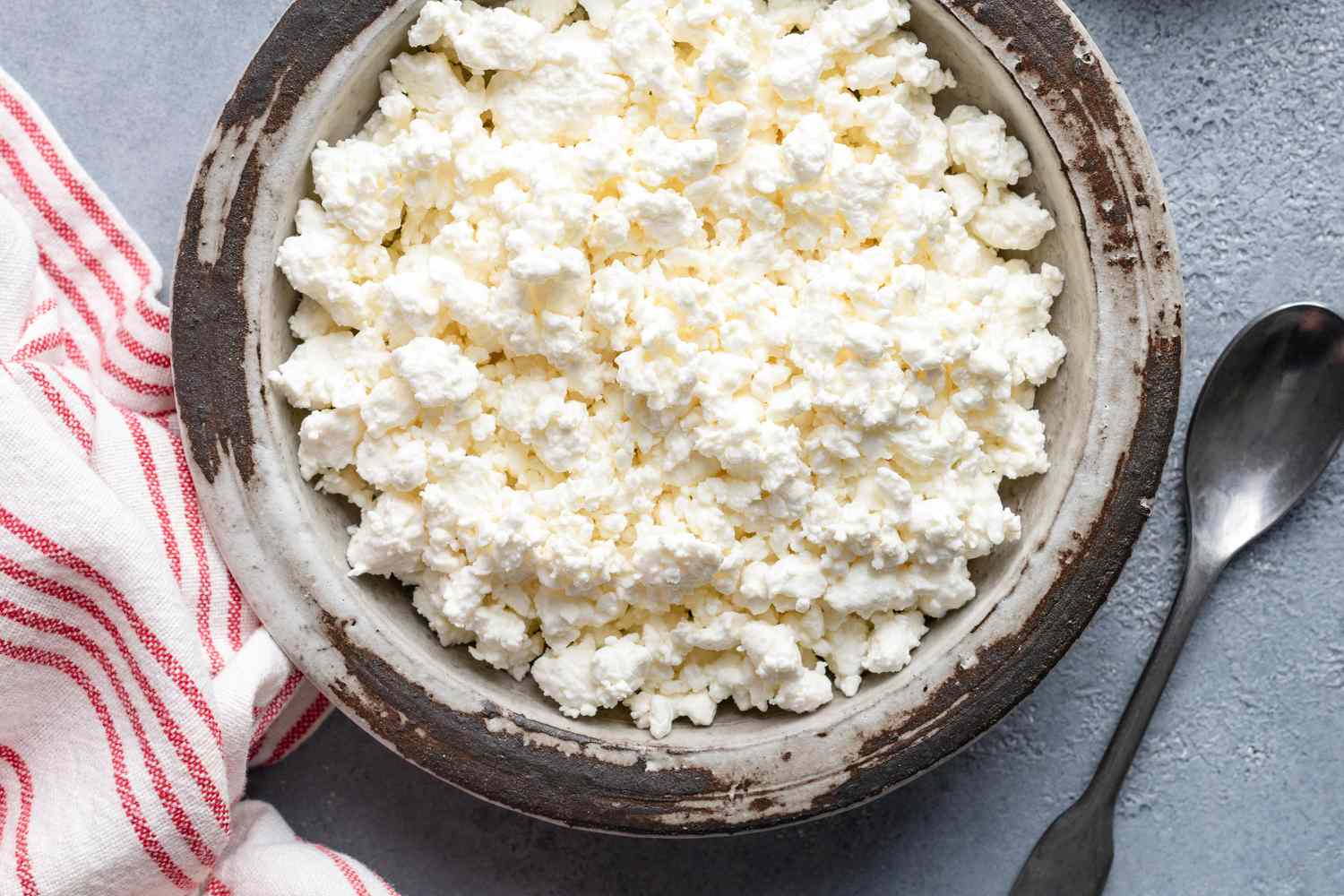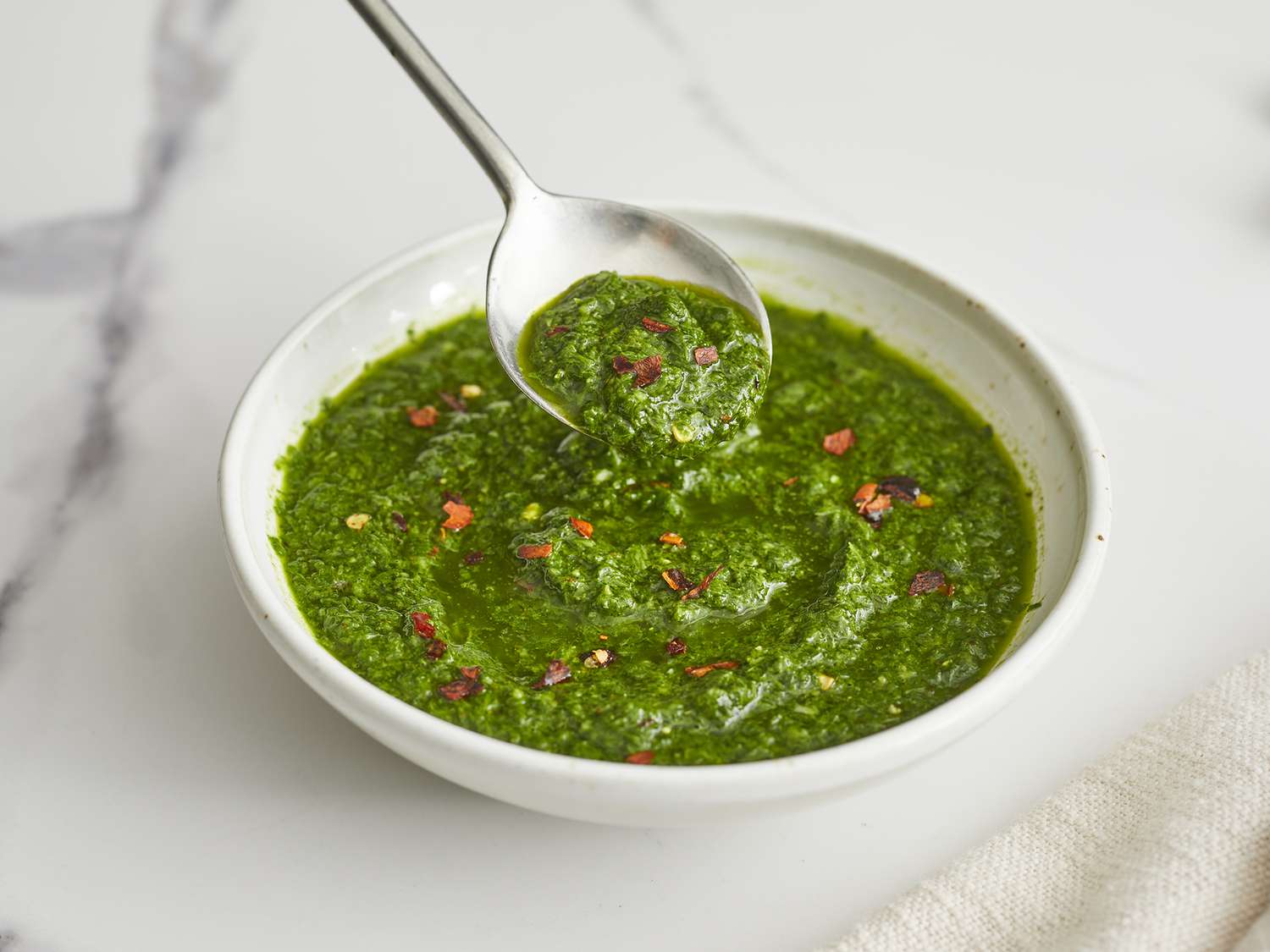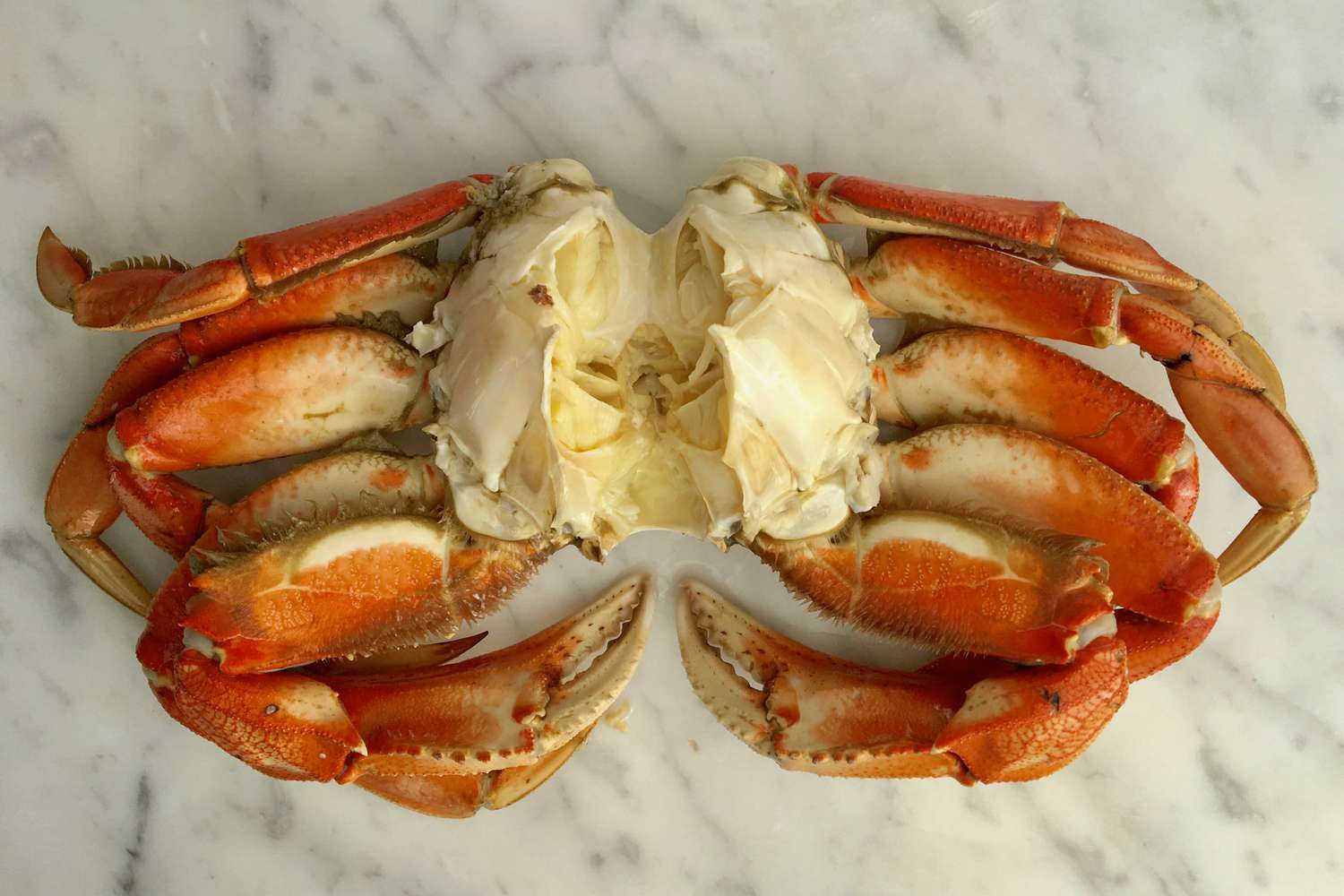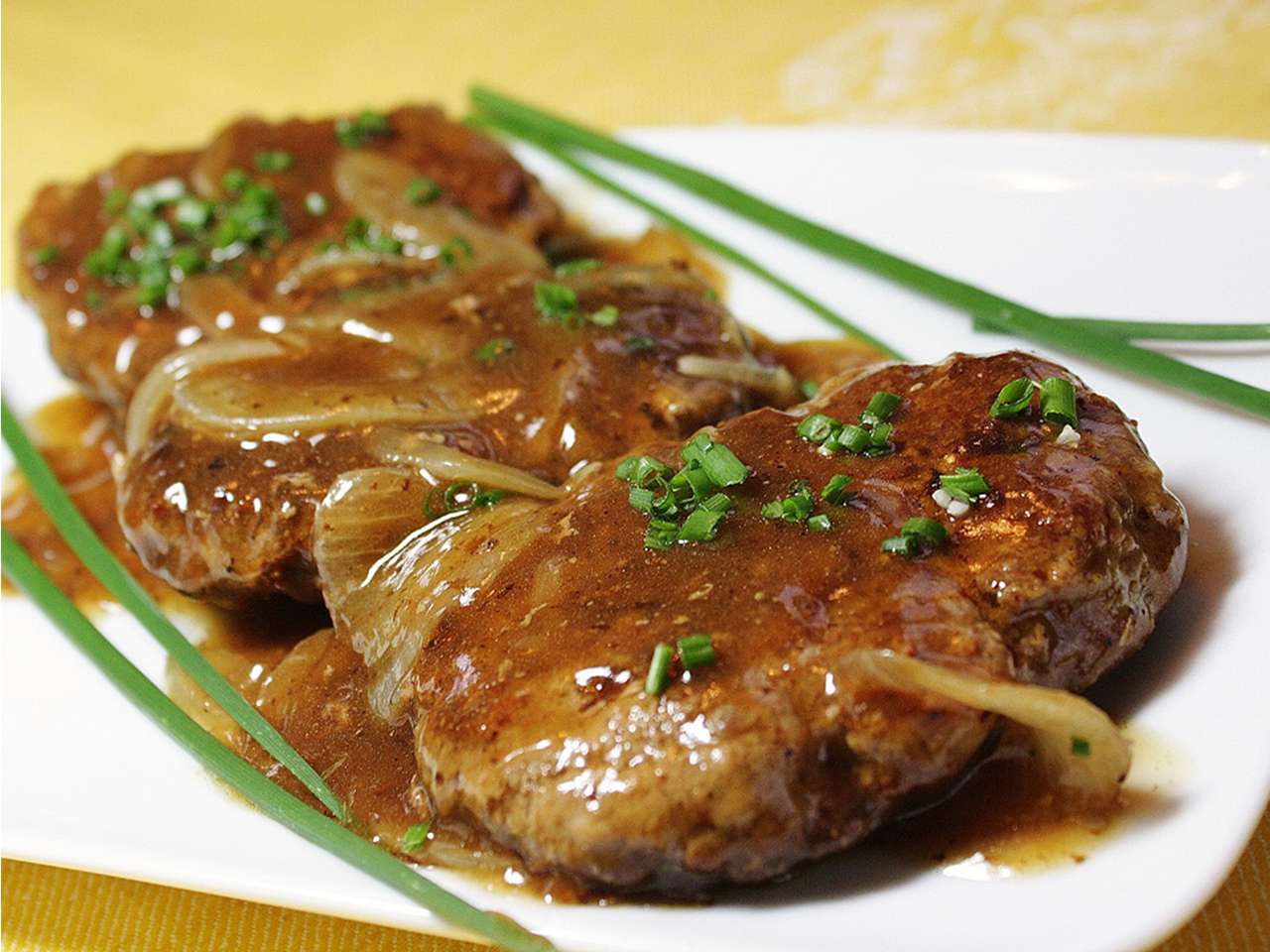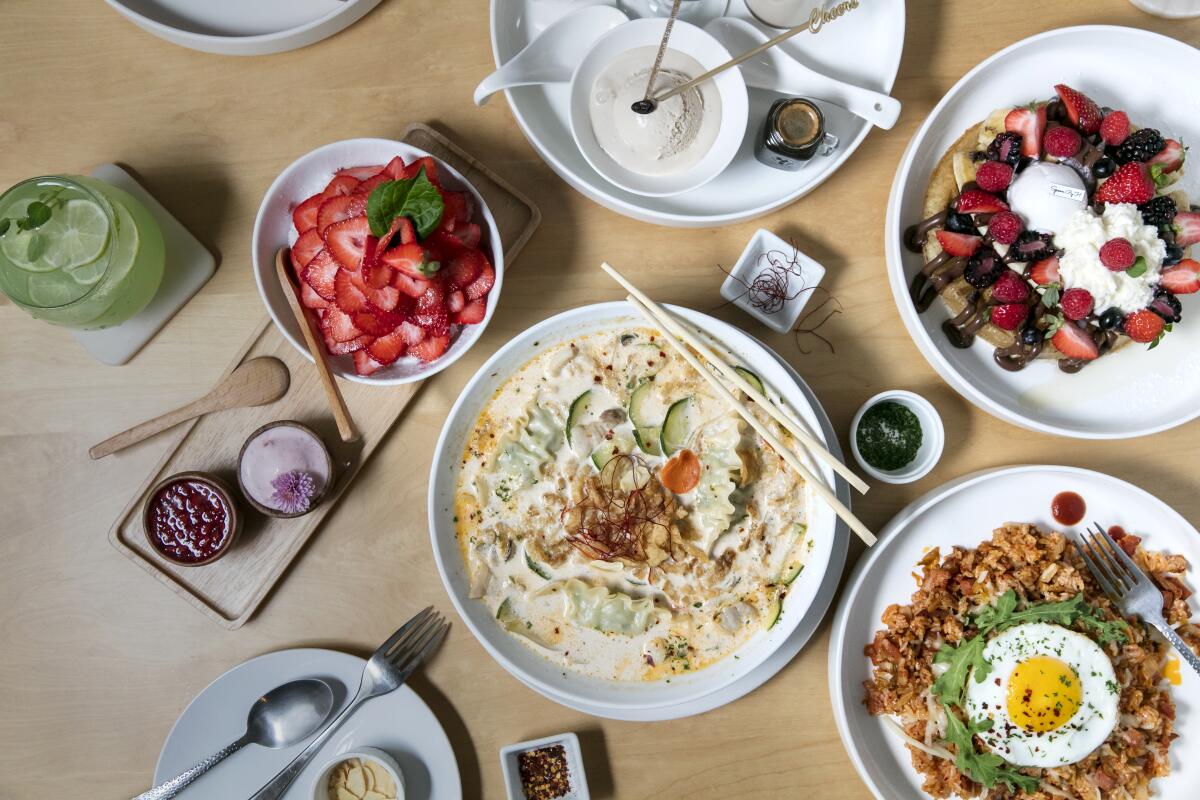Understanding Lamb Temperature: A Guide to Perfectly Cooked Lamb
When it comes to cooking lamb, achieving the perfect temperature is crucial for a delicious and safe dining experience. Whether you’re a seasoned chef or a novice cook, understanding the ideal lamb temperature is essential for preparing a mouthwatering dish that will impress your family and friends. In this guide, we’ll explore the ins and outs of lamb temperature, including the recommended internal temperatures for different levels of doneness and the best methods for achieving them.
Why Lamb Temperature Matters
Before delving into the specifics of lamb temperature, it’s important to understand why it matters. Lamb, like all meats, can carry harmful bacteria that can cause foodborne illnesses if not cooked to the proper temperature. By cooking lamb to the recommended internal temperature, you can ensure that any potential bacteria are eliminated, making the meat safe to consume.
Recommended Lamb Temperatures
When cooking lamb, it’s essential to use a reliable meat thermometer to accurately gauge the internal temperature. The recommended lamb temperatures for different levels of doneness are as follows:
- Rare: 125°F (51.7°C) – The meat will be bright red in the center.
- Medium Rare: 135°F (57.2°C) – The center will be pink and slightly firm.
- Medium: 145°F (62.8°C) – The meat will have a pink center and be firm to the touch.
- Medium Well: 150°F (65.6°C) – The center will be slightly pink and the meat will be firm.
- Well Done: 160°F (71.1°C) – The meat will be completely brown and firm throughout.
It’s important to note that the USDA recommends a minimum internal temperature of 145°F (62.8°C) for lamb, as measured with a food thermometer placed in the thickest part of the meat.
Best Practices for Achieving the Perfect Lamb Temperature
Now that you’re familiar with the recommended lamb temperatures, let’s explore some best practices for achieving the perfect doneness:
- Use a meat thermometer: Investing in a high-quality meat thermometer is essential for accurately monitoring the internal temperature of the lamb.
- Allow for resting time: After removing the lamb from the heat source, allow it to rest for 10-15 minutes. During this time, the internal temperature will continue to rise, resulting in a perfectly cooked piece of meat.
- Consider the cut: Different cuts of lamb may require slightly different cooking times and temperatures. For example, a rack of lamb may be cooked to a different temperature than a leg of lamb.
- Adjust for carryover cooking: Keep in mind that the internal temperature of the lamb will continue to rise by a few degrees after it’s removed from the heat source. To account for this, consider removing the lamb from the heat when it’s a few degrees below the desired final temperature.
Final Thoughts
Mastering the art of cooking lamb to the perfect temperature can elevate your culinary skills and impress your guests. By understanding the recommended lamb temperatures and following best practices for achieving the ideal doneness, you can create delectable lamb dishes that are both safe and flavorful. So, next time you’re in the kitchen preparing a succulent rack of lamb or a tender leg of lamb, keep these temperature guidelines in mind for a dining experience that’s sure to delight the senses.
Was this page helpful?
Read Next: What Is Happy Lemon Puff Cream

